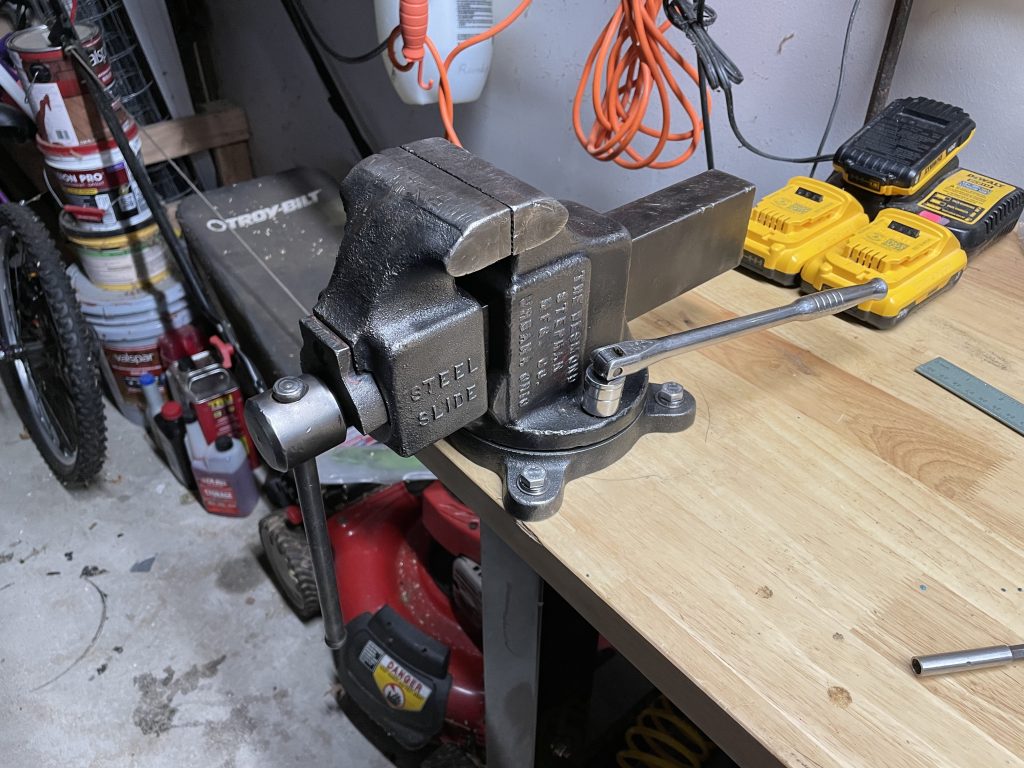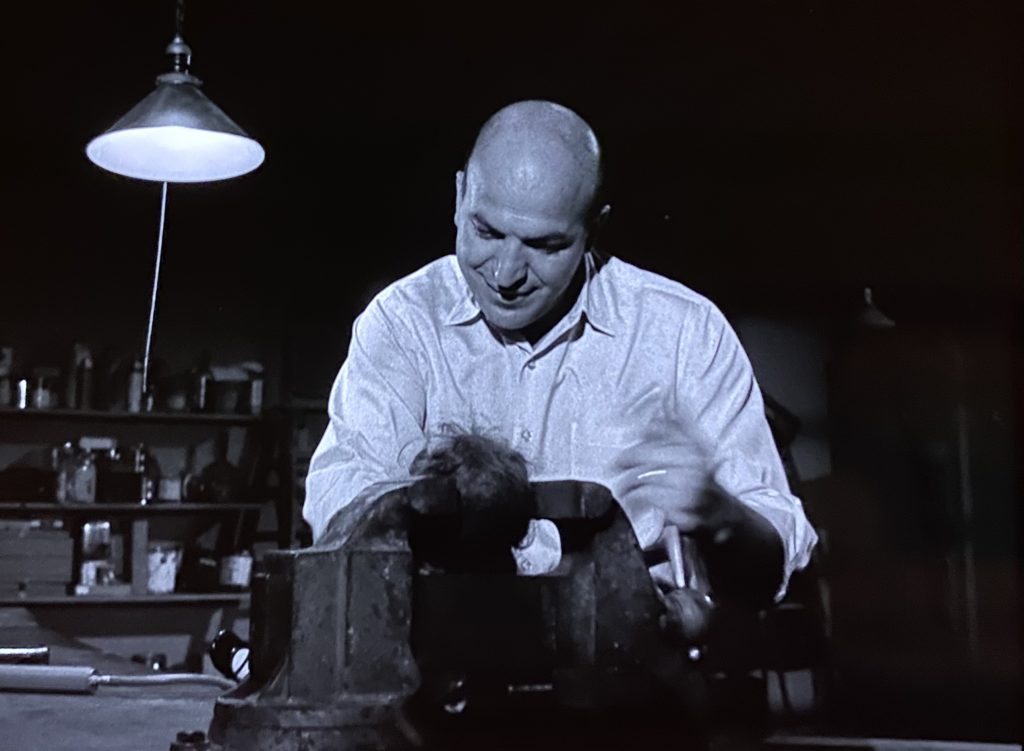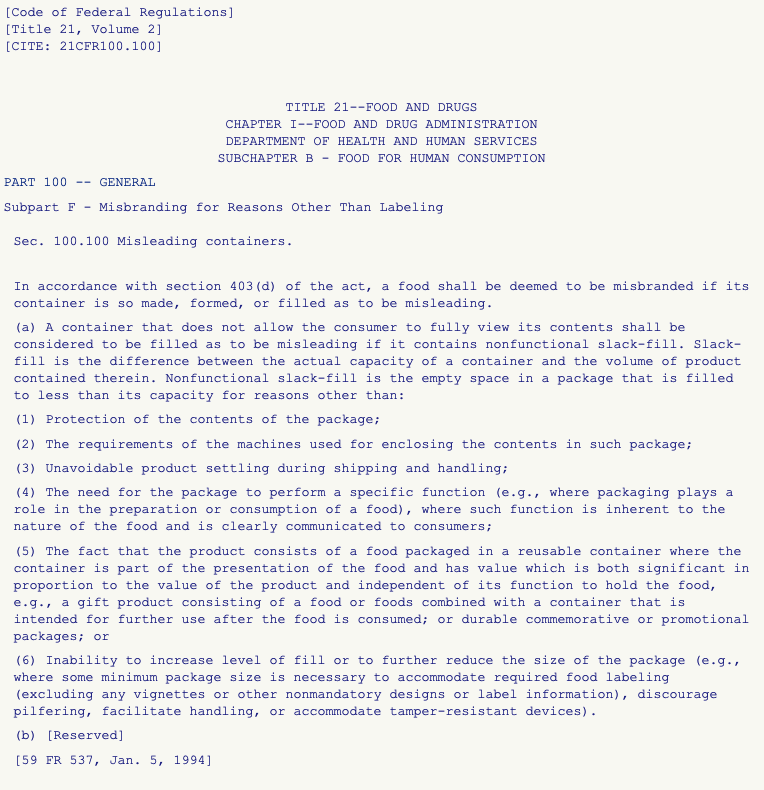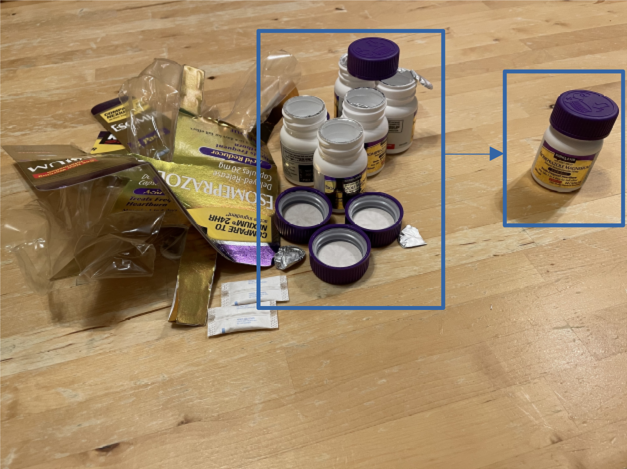When life gets me down, I look at a sleeping whippet and hope one day I can achieve that level of contentment.

Ah, there now. Doesn’t that make you feel better too?
–Simon

Tales from Easement Acres
When life gets me down, I look at a sleeping whippet and hope one day I can achieve that level of contentment.

Ah, there now. Doesn’t that make you feel better too?
–Simon
I like old tools. They’re my primary focus when antiquing. They have an individual history with their prior owners, which I don’t know about but enjoy imagining, and I feel a sense of purpose when I buy one and add to its legacy. Plus they’re usually made better than their contemporary counterparts, have already proven their durability, and cost less.
And so it was that with the Veterans Day holiday, I went antiquing with Liz and acquired this bench vise:

I wanted to replace the cheap clamp-on that I had been using, which would never stay in place no matter how hard I cranked down its grips. Now I have a bench-mounted beast. 3 5/8, 2″ bolts say that it’s not going anywhere! I even added lock washers.

And for the second best part: researching the crap out of it! Starting with the cast printing, which reads “THE DESMOND STEPHAN MFG. CO.”
The Desmond-Stephan Manufacturing Company was founded sometime over 100 years ago1. It’s odd that I can’t find an exact date of incorporation, even on their own website2. I’m guessing that they don’t use it as their established date because they were probably a family business when they started operations and tax codes back then were somewhat different and they didn’t get an EIN until much later – ergo they don’t view that as their start date and want to proudly claim their lengthier history.
The vise design and manufacturing actually predated them anyway, having been the property of Simplex Tool Company, later Simplex Corporation, and was sold to Desmond-Stephan in 1931, who continued to make the vises until 1964, when they in turn sold the rights to Ridge Tool Company3. I’m assuming then that my particular vise was made by Desmond-Stephan during this 1931-1964 time period.
My vise, with a single-swivel base and a 3.75″ jaw width, is also conveniently listed in a company catalog from 19414. It has a listed price of $15. Adjusted for inflation using CPI, that’s around $320 today5. I got guud dearl!
Additionally, just for more historical nerding out; The Desmond-Stephan Manufacturing Company; which is in Urbana, OH; was just today at the time of me writing this post coincidentally featured in the local news’ callout that Ohio Magazine named the city as one of Ohio’s 5 best hometowns6. So we get a little bit of local Americana as part of the story too.
So there we have it: a chance find on an antique tool for a good price and made by a local company that’s apparently in one of Ohio’s best little towns to grow up in. I will feel honored the next time I have to cut a board or sharpen a lawnmower blade.
(Or dispatch of a murderous sentient doll.)

–Simon
1https://www.cepohio.com/key-industries.html
2http://www.desmond-stephan.com/
3http://vintagemachinery.org/mfgindex/detail.aspx?id=11518
4https://archive.org/details/desmondstephanmfgco1941/page/n3/mode/1up
We’re all familiar with bags of potato chips, having cried out in irritation upon opening a large puffy bag of salty cholesterol, only to find a lackluster final count of individual product settled in oily mylar at the bottom of the false abyss.

And we accuse Lay’s of shrinkflation, and they say “Nuh uh! We didn’t do that.”
And we post pictures of historical trends in product reduction, and they say “We didn’t decrease the percentage of product to packaging ratio.”
And then we say “Nuh uh! You totally did!”. And while not experts, none of us buy into 1.034569 ounces being a standard serving size, to which Lay’s replies “Okay, we reduced size but it was to be more aligned with healthy serving size diets. See, we’re actually looking out for your wellbeing. You’re welcome.” And we might almost believe that, were it not for the price increase alongside product size reduction.
But potato chips are just the most obvious example, because the size reduction also made slack fill more obvious. When a bag was big and product content was 50%, we didn’t notice as much because faces could still be stuffed. When bags shrunk 30%, it didn’t matter if product content may have actually remained at 50%, because faces couldn’t be as effectively stuffed. And then we noticed!
Surely some government agency is out there to protect us from these shenanigans!
And indeed there is: the FDA:

So presumably, while shrinkflation is totally legal, slack fill isn’t necessarily, so if indeed the percentage of potato chips has remained constant, then Lay’s is in the right, despite the public’s resentment on limited face-stuffing. But they’re still jerks.
Anyway, on to the next point. One might notice that nowhere in this document is the word “medicine” used. Obviously prescriptions wouldn’t fall under this, but one might assume that OTC medications – a consumer retail product – would. And yet, it doesn’t.

So why don’t these anti-consumer rules apply to medicine? Why did the FDA, whose very name has “Drug” in it, make this decision? I don’t know, because I can’t find any such explanation on their website. Someone tell me if you find out. Until then:
Fuck you, FDA
Fuck you, Lay’s (Frito-Lay/Pepsico)
And fuck you, Astra AB/AstraZeneca
And maybe Costco too, because they might have had a hand in it.
–Simon

–Simon

That is all.
–Simon